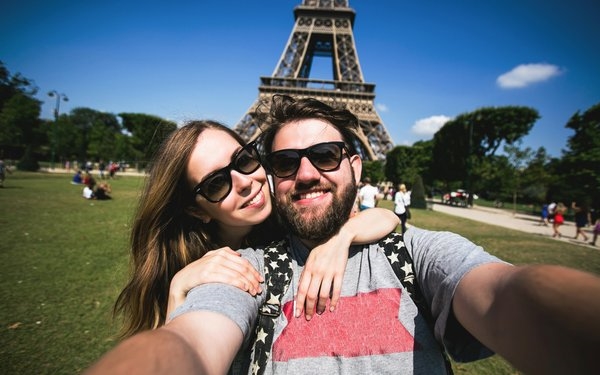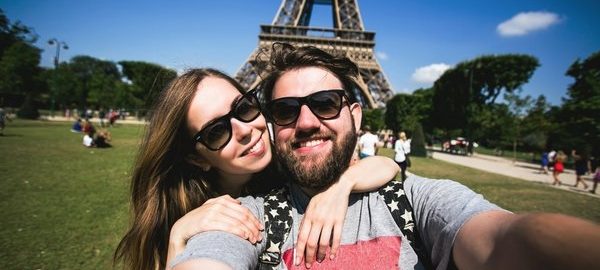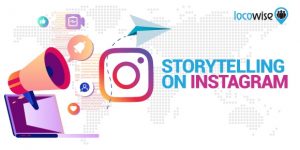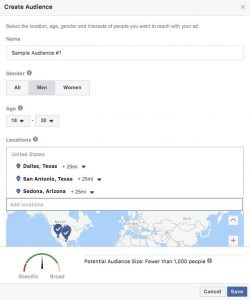Younger Travelers Rely On Search Engines, Recall Ads More Often
by Laurie Sullivan , Staff Writer @lauriesullivan, February 23, 2018

As the U.S. heads into the Spring Break season, which begins around February 24 and ends April 7, many consumers are planning vacations. So how much do images and videos — as well as phrases in search ads describing lush tropical climates that serve up to residents living in snowy cold climates — actually influence purchase decisions? Much more than some might think.
Bing recently collaborated with travel research firm Phocuswright, putting together travel insights for digital advertisers and marketers.
The research is based on Phocuswright’s syndicated research across the travel industry, as well as two new surveys commissioned by Bing. Phocuswright fielded the online survey in September 2017, with responses from 1,662 qualified leisure and business travelers. Another study fielded between September and November 2017 aggregates 173 qualified responses from travel executives with marketing and ad-spend responsibility.
When people plan a vacation, ads influence purchase decisions more often than originally thought. Hotel brands exposed to search ads on online travel aggregator (OTA) sites experienced a 10% to 50% lift in click rates compared with brands without an ad. Younger travelers ages 18 to 34 tend to have higher travel ad recall, followed by people ages 35 to 44.
About 80% of travelers turn to digital media and search to compare travel products and pricing, and 83% have purchased travel items such as tickets, online. And as online books grows, so does digital ad spend. More than half of all travel marketing budgets now go through online channels.
General search platforms Bing and Google also rated relatively high with 56% and 46% of respondents, respectively, citing ads on those platforms as influential. Social media platforms whose primary communication medium is visual appear to have the most influence among travelers who use them.
More than half of all travelers who recalled seeing travel ads on Snapchat, Instagram, YouTube and Pinterest said those ads were very or extremely influential.
More than half of travelers who recalled online ads said those ads were both helpful and influential, but there are important differences across platforms. For example, 49% recalled a visual or picture, 41% recalled a price or deal, and 37% recalled a personalized ad.
Personalized features were the third-most recalled online ad element. The findings suggest that the high recall of personalized ads brought on by improved targeting capabilities and the rise of programmatic advertising indeed have an impact on the digital travelers.
Loyalty program members still use search for travel research, particularly during peak months. Some 71% of elite loyalty members found hotel ads helpful with trip planning.
The industry-wide average for the U.S. travel market is 61%, including all suppliers such as airlines, hotels, car rentals, and cruises as well as OTAs, metasearch, tour operators and traditional travel agencies. But certain segments, such as supplier brands and online travel companies, have moved their ad spend into digital much more rapidly and are leading the industry. Online travel brands, for example, allocates 73% of their budgets to digital.
More than three in five travelers, and more than 80% of those who fly age 55 or older, use airline and hotel websites as well as apps. OTAs and search engines are more popular in aggregate, especially among younger fliers. Search and OTAs are even more popular among accommodation shoppers. Hotel branded sites and apps trail online travel intermediaries, especially among the coveted millennial age group.
Desktops and laptops are still the preferred device for shopping for and booking flights and accommodations. Eighty-two percent prefer to shop and 75% prefer to book on a desktop or laptop. Smartphones come in at 37% and 18%, respectively.
MediaPost.com: Search Marketing Daily
(60)
Report Post







